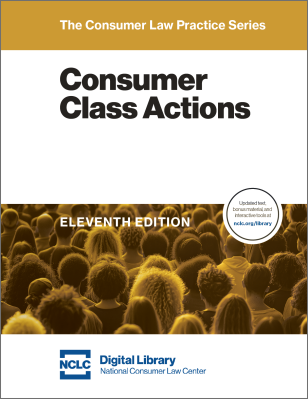The United States Supreme Court on March 22 in Tyson Foods, Inc. v. Bouaphakeo, 2016 WL 1092414, affirmed a decision of the Eighth Circuit, remanding the matter to the district court for further proceedings consistent with the Eighth Circuit’s ruling certifying and maintaining a class action in the case. This is the second decision this year where the Court ruled in favor of a class action—see the discussion of the Gomez case here.
The issue in Tyson was whether a class action can be certified despite differences among class members “where liability and damages will be determined with statistical techniques that presume all class members are identical to the average observed in a sample.” The Supreme Court also certified a separate question, whether a class action can be certified “when the class contains hundreds of members who were not injured and have no legal right to any damages.”
To calculate the employees’ compensable working time, Tyson Foods, Inc. (“Tyson”) measures when the employees are at their working stations and the production line is moving. The employees claim that Tyson failed to include overtime compensation for donning personal protective equipment and clothing before production and again after lunch and for doffing protective equipment and clothing before lunch and again after production.
At trial the plaintiffs presented expert testimony to prove liability and damages by using individual timesheets, along with average donning, doffing and walking times calculated from a sample of employees observed. Tyson claimed that these differences prevented the putative class from being able to prove commonality under Rule 23(a)(3) and made class certification improper. A jury returned a verdict for the class and the Eighth Circuit affirmed.
The Court’s Holding
The Supreme Court held, in a 6-2 decision authored by Justice Kennedy, that a categorical exclusion of representative evidence to prove class certification “makes little sense.” Justice Kennedy noted that “[a] representative or statistical sample, like all evidence, is a means to establish or defend against liability” and that its “permissibility turns not on the form a proceeding takes—be it a class or individual action-but on the degree to which the evidence is reliable in proving or disproving the elements of the relevant cause of action.”
Thus “[w]hether and when statistical evidence can be used to establish classwide liability will depend on the purpose for which the evidence is being introduced and on the elements of the underlying cause of action.” In Tyson the Court allowed the evidence where plaintiffs sought to introduce a representative sample to fill an evidentiary gap created by the employer’s failure to keep adequate records mandated by the Fair Labor Standards Act (“FLSA”).
The sampling was permissible to certify a class because each class member would have been able to rely on that sample to establish liability if they had brought an individual action. “In a case where representative evidence is relevant in proving a plaintiff’s individual claim, that evidence cannot be deemed improper merely because the claim is brought on behalf of a class.”
The Court noted that reliance on the representative sample did not deprive the defendant of its ability to litigate individual defenses. “Since there were no alternative means for the employees to establish their hours worked, the defendant’s primary defense was to show that the …study was unrepresentative or inaccurate”, a defense that “is itself common to claims made by all class members.”
Holding’s Relationship to Walmart Ruling
The Court indicated that its holding in Tyson is in accord with the commonality decision in Wal-Mart Stores, Inc. v. Dukes since both cases were based on the same underlying question—i.e whether the sample at issue could have been used to establish liability in an individual action. In Wal-Mart, the Supreme Court ruled that it could not. In contrast, the Tyson study “could have been sufficient to sustain a jury finding as to hours worked if it were introduced in each employee’s individual action.”
Certification Despite Class Members Without Damages
The Court did not reach the second issue presented on whether a class can be certified when not every member has suffered damages. “Petitioner contends that respondents are required to demonstrate that uninjured class members will not recover damages here. That question is not yet fairly presented by this case” because the damages award had not yet been disbursed and the record does not indicate how it will be disbursed. According to the majority opinion, the question on remand is whether there are ways to distribute the award to only those individuals who were injured.
Chief Justice Roberts joined the Court’s opinion in full, but wrote a concurring opinion to express his concern that the district court may not be able to fashion a method for awarding damages only to those class members who suffered an actual injury. Justice Thomas, joined by Justice Alito, wrote a dissent.
Key Takeaways from Tyson
- The Court did not establish broad and categorical rules, one way or the other, governing the use of representative and statistical evidence in class actions. Rather, whether a representative sample may be used to establish classwide liability will depend on the purpose for which the sample is being introduced and the underlying cause of action.
- The standard established is not based on or limited to any special rule for FLSA claims.
- The Court did not decide the question about whether a class can be certified when not every member has suffered damages. Are class representatives required to demonstrate that uninjured class members will not recover damages? Does there have to be a way to ensure that a jury’s damages award goes only to injured class members in order for an award to stand?
These issues are discussed in greater detail in the print and the online versions of NCLC’s Consumer Class Actions (8th ed. 2013) at § 10.6.3.


